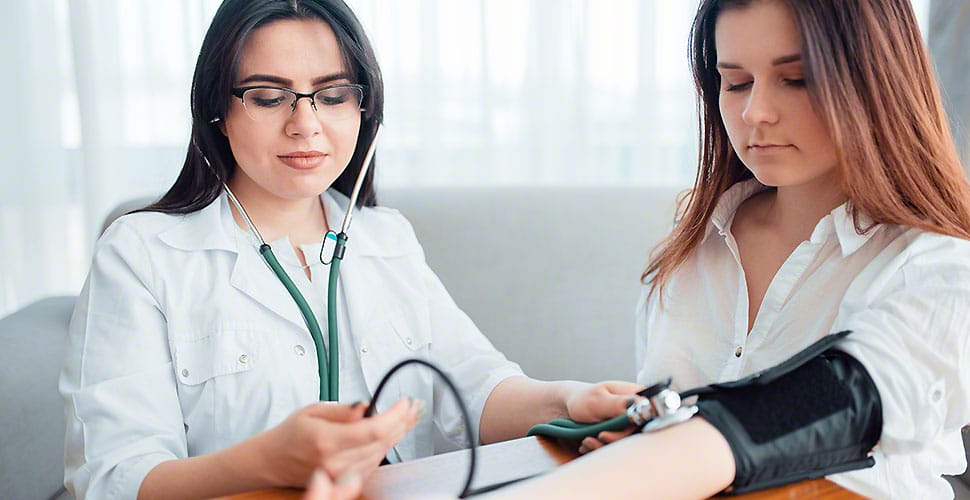Our homes are typically regarded as havens of safety, yet we often overlook the potential hazards that can cause harm to our bones, joints, and muscles. These types of injuries, known as orthopedic injuries, can lead to significant discomfort and may even require intervention from orthopedic surgeons. However, prioritizing injury prevention is preferable to seeking treatment after the fact.
Identifying Common Orthopedic Injuries at Home
Understanding the nature of these injuries and adopting simple preventive measures can spare us from pain and the need for complex medical procedures. Recognizing that many of these incidents are avoidable with proper foresight underscores the importance of prioritizing home safety for all individuals.
Mitigating Ankle Sprains
Ankle sprains rank among the most prevalent injuries encountered within the home environment. These injuries, characterized by painful ligament stretches or tears around the ankle, often occur unexpectedly due to minor missteps or sudden twists. To minimize the risk of such mishaps, it is imperative to maintain a clutter-free home environment. Floors should be kept clear of objects that could cause trips or falls, while rugs should be firmly secured to prevent slipping. Additionally, wearing supportive footwear, particularly for individuals with a history of ankle sprains, can offer added protection.
Preventing Back Pain
Back pain represents another common orthopedic issue, frequently stemming from improper lifting techniques when handling heavy objects. Employing the correct lifting technique, which involves bending the knees and maintaining a straight back to leverage the strength of the legs rather than straining the back muscles, is essential. Furthermore, avoiding twisting the body while carrying heavy items helps prevent injury. Engaging in regular exercise to strengthen the back and core muscles also contributes to reducing the risk of back pain.
Reducing Fall Risks
Falls pose a significant risk of severe orthopedic injuries, particularly among older adults, often resulting in fractures of the hip, wrist, or ankle. These incidents commonly occur in areas such as bathrooms and staircases. Implementing preventive measures such as installing grab bars in bathrooms and ensuring adequate home lighting can substantially decrease the likelihood of falls. Utilizing handrails on staircases at all times and undergoing regular vision checks to address poor vision are also crucial steps in fall prevention.
Safeguarding Your Knees and Wrists
Knee injuries frequently occur during routine activities like gardening or household chores. This would usually require the assistance of a knee specialist Woodbridge. Using knee pads while gardening and avoiding prolonged periods in the same position can help protect the knees. Similarly, wrist strains and fractures, commonly encountered during cooking or cleaning, necessitate mindful handling of sharp objects and the use of ergonomic cleaning tools to prevent excessive strain on the wrists.
Creating a Secure Home Environment
While our homes should provide a sense of security, hidden dangers can lead to orthopedic injuries. Fortunately, taking proactive steps to mitigate these risks can prevent injuries before they occur, ensuring a safe and enjoyable living space. Making simple adjustments around the home can significantly enhance safety and reduce the risk of orthopedic injuries.
Prioritizing home safety serves as a proactive defense against orthopedic injuries. Each small modification contributes to safeguarding oneself and loved ones from harm, reducing the need for extensive medical interventions or visits to pain management specialists.
Embracing these changes fosters a safer and more enjoyable home environment, promoting overall well-being and peace of mind. Remember, even minor adjustments can yield significant benefits, making every effort toward injury prevention worthwhile. In case you end up with knee issues, for example, talk to a knee injury doctor Woodbridge right away.



